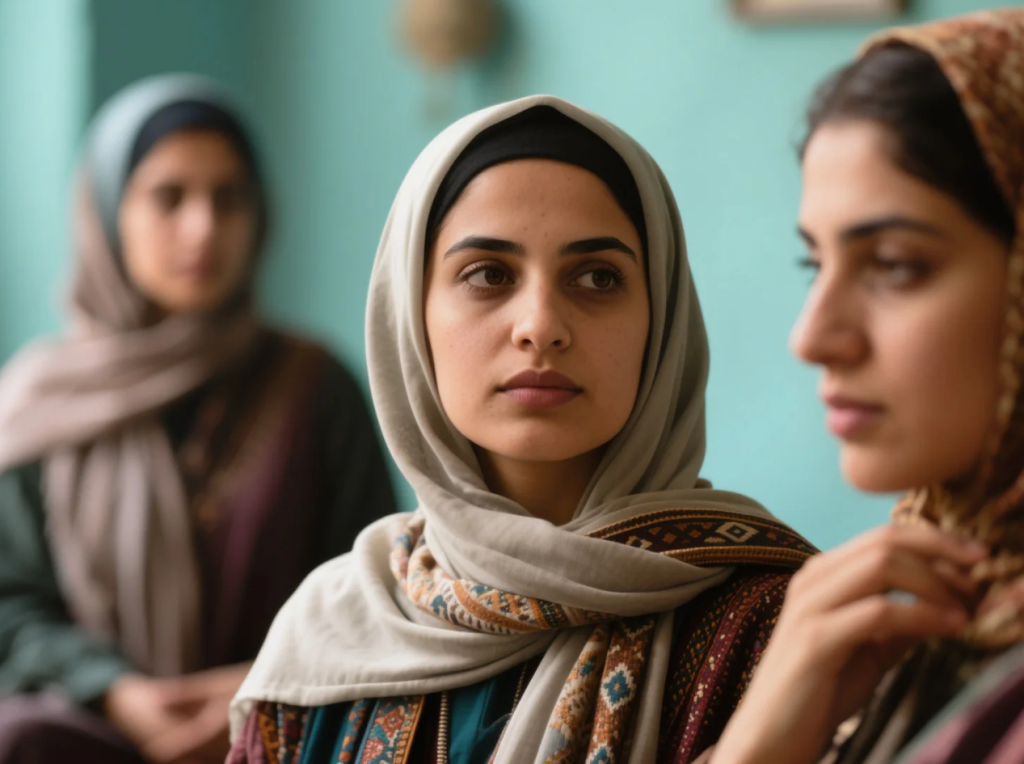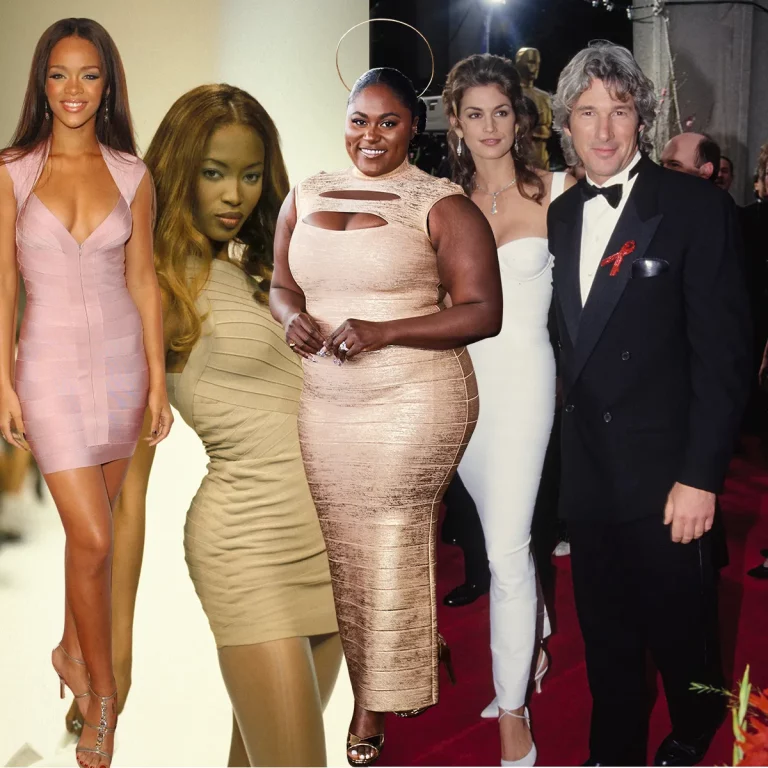
In the diverse world of fashion, modest clothing has long been a symbol of culture, tradition, and personal values. Among the most recognizable elements of modest fashion are headscarves and hijabs—garments worn by millions of women worldwide, each with its own unique history, meaning, and style. But modest fashion today goes far beyond traditional boundaries, evolving into a powerful form of self-expression and empowerment for women everywhere.
In this article, we dive deep into the journey of headscarves and hijabs—from their cultural roots to their modern-day reinterpretations—and explore how they embody personal empowerment in the evolving landscape of modest fashion in 2025.
Understanding Modest Fashion: More Than Just Clothing
Modest fashion isn’t a new concept. Rooted in religious, cultural, and personal beliefs, it emphasizes dressing with dignity, respect, and intention. For many, it is a choice to express faith, identity, or cultural heritage.
The appeal of modest fashion in recent years has expanded globally, crossing religious and cultural lines. What was once considered niche has now entered mainstream fashion dialogues, blending tradition with contemporary trends. This shift has opened up space for creativity, inclusivity, and empowerment.
Headscarves and Hijabs: A Rich History
The headscarf, including the hijab, is one of the most iconic symbols of modest fashion, yet its history is as varied as the cultures that wear it.
- Historical Roots: Head coverings can be traced back thousands of years, appearing in ancient civilizations across the Middle East, Mediterranean, and Asia. Often associated with respectability, social status, and spirituality, they evolved through religious practices and social customs.
- The Hijab: In Islamic culture, the hijab refers specifically to a veil covering the hair, neck, and sometimes shoulders, worn by Muslim women as a sign of modesty and privacy. The word “hijab” means “barrier” or “partition” in Arabic, symbolizing both physical and spiritual boundaries.
- Varied Styles Worldwide: From the colorful Turkish headscarves to the black abayas and flowing niqabs in the Gulf, the style and symbolism of head coverings vary significantly across regions and personal preferences.
Modest Fashion’s Modern Renaissance
In 2025, modest fashion has been embraced by designers, influencers, and consumers who see it as an avenue to combine elegance, comfort, and self-expression.
- Fashion Weeks & Designers: Major fashion capitals have started including modest collections in their showcases. Designers like Dolce & Gabbana, Hana Tajima for Uniqlo, and Anniesa Hasibuan have brought headscarves and modest wear into the global spotlight.
- Social Media Influence: Instagram, TikTok, and YouTube have empowered modest fashion influencers to share styling tips, tutorials, and cultural stories, creating a vibrant community that transcends borders.
- Inclusive Markets: Brands increasingly recognize the commercial and social value of catering to modest fashion consumers, which now represent a significant portion of the global market.
Personal Empowerment Through Modest Fashion
Why do millions of women around the world continue to choose modest fashion? The reasons are as diverse as the women themselves, but common themes of empowerment emerge:
- Agency and Choice: Wearing a headscarf or hijab can be a deliberate choice, reclaiming control over one’s body and how it is presented to the world.
- Identity and Pride: Modest fashion allows women to proudly express their religious beliefs and cultural heritage in a modern context.
- Confidence and Comfort: Many find that modest attire helps them feel more comfortable, dignified, and confident in social or professional environments.
- Breaking Stereotypes: By embracing modest fashion, women challenge stereotypes about oppression, proving that empowerment comes in many forms.

Styling Tips: Making Headscarves and Hijabs Fashion-Forward
Modern modest fashion is anything but restrictive. Here’s how women today style headscarves and hijabs to reflect personality and trends:
- Fabric Choices: Lightweight silks, breathable cottons, and vibrant prints are popular for comfort and style.
- Layering: Pairing headscarves with oversized jackets, midi skirts, or statement accessories creates a balanced and fashionable look.
- Colors & Patterns: Bold patterns, pastels, and jewel tones are trending, allowing for playful or elegant combinations.
- Accessorizing: Pins, brooches, and even layered necklaces over scarves add a unique twist.
- Mixing Cultures: Fashion-forward women blend traditional scarves with western-style clothing for a global chic aesthetic.
Challenges and Misconceptions
Despite its rise in popularity, modest fashion and the wearing of headscarves or hijabs often face misconceptions and challenges:
- Cultural Misunderstandings: Some view modest dress as outdated or oppressive, failing to recognize the wearer’s autonomy.
- Discrimination: In certain countries or workplaces, women wearing headscarves face prejudice or exclusion.
- Media Stereotypes: Portrayals often reduce modest fashion to narrow narratives, overshadowing its diversity and beauty.
Education and dialogue are essential in overcoming these barriers, promoting acceptance and respect.
The Future of Modest Fashion
Looking ahead, modest fashion is poised to innovate further by embracing sustainability, technology, and inclusivity:
- Sustainable Fabrics: Ethical and eco-friendly materials are becoming a priority for modest fashion brands.
- Tech Integration: Smart textiles and adaptive designs will offer more comfort and versatility for modest dressers.
- Broader Inclusion: More diverse models, designers, and voices will shape the future of modest fashion.
This evolution will continue to blend tradition with modernity, reinforcing modest fashion’s relevance and appeal in 2025 and beyond.
Conclusion
From headscarves to hijabs, modest fashion is a vibrant and powerful form of personal empowerment. It honors cultural roots while embracing modern style, giving millions of women a way to express identity, faith, and individuality with confidence.
As modest fashion grows on the global stage, it challenges assumptions and celebrates diversity — proving that empowerment comes in all styles and silhouettes. Whether you wear a headscarf as a spiritual practice, a cultural symbol, or a fashion statement, its presence on the catwalk and in everyday life speaks volumes about the evolving narrative of fashion in 2025.


